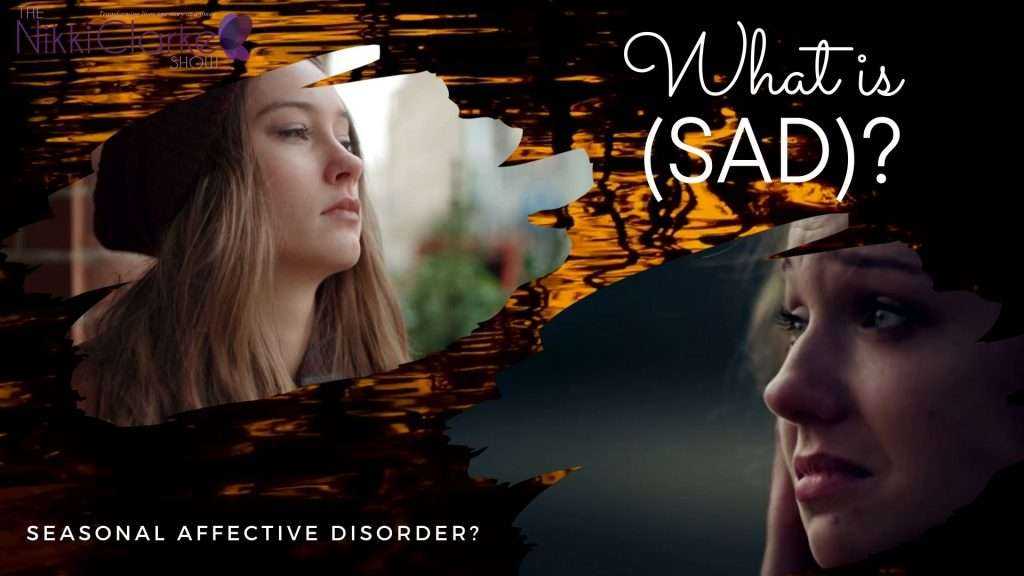 Seasonal Affective Disorder (SAD) is a type of depression that occurs at a specific time of year, usually during the fall and winter months when daylight hours are shorter. This condition, also known as seasonal depression, can significantly impact a person’s mood, energy levels, and overall well-being.
Seasonal Affective Disorder (SAD) is a type of depression that occurs at a specific time of year, usually during the fall and winter months when daylight hours are shorter. This condition, also known as seasonal depression, can significantly impact a person’s mood, energy levels, and overall well-being.
**Symptoms:**
Common symptoms of SAD include persistent feelings of sadness or hopelessness, low energy, difficulty concentrating, changes in sleep patterns, and a decrease in interest or pleasure in activities. Unlike general depression, which can occur at any time of the year, SAD tends to follow a seasonal pattern.
**Causes:**
The exact cause of SAD is not fully understood, but researchers believe it may be related to changes in sunlight exposure. Reduced sunlight during fall and winter months can disrupt the body’s internal clock (circadian rhythm) and lead to imbalances in neurotransmitters, such as serotonin and melatonin, which play a crucial role in mood regulation and sleep.
**Risk Factors:**
Certain factors may increase the risk of developing SAD, including a family history of depression, living far from the equator, and being female (as women are diagnosed with SAD more often than men).
**Diagnosis:**
Diagnosing SAD involves evaluating a person’s symptoms, their seasonal occurrence, and ruling out other possible causes of depression. It’s essential to consult with a healthcare professional for a thorough assessment.
**Treatment Options:**
Several treatment options are available for individuals experiencing SAD. Light therapy (phototherapy) is a common approach, involving exposure to a bright light that mimics natural sunlight. Antidepressant medications and psychotherapy, such as cognitive-behavioral therapy (CBT), can also be effective in managing symptoms.
**Self-Care Strategies:**
In addition to professional treatment, individuals can adopt self-care strategies to alleviate symptoms of SAD. Regular exercise, spending time outdoors, maintaining a consistent sleep schedule, and managing stress through relaxation techniques can contribute to overall well-being.
**Prevention:**
Taking proactive steps to prevent SAD recurrence is crucial. This may involve starting light therapy before symptoms typically begin, staying socially engaged, and being mindful of lifestyle factors that influence mood.
**Support System:**
Building a strong support system can be beneficial for individuals dealing with SAD. Friends, family, and mental health professionals can provide understanding, encouragement, and assistance in navigating the challenges associated with seasonal depression.
**Conclusion:**
Seasonal Affective Disorder is a real and challenging condition that affects many individuals during specific times of the year. Recognizing the symptoms, seeking professional help, and incorporating lifestyle changes can significantly improve the quality of life for those dealing with SAD. As we continue to learn more about this disorder, increased awareness and access to effective treatments can make a positive impact on individuals affected by seasonal mood changes.

